All animals are equipped with parts that enable them to survive in their environment.
The possession of things that enable an animal to survive in its environment is called Adaptation.
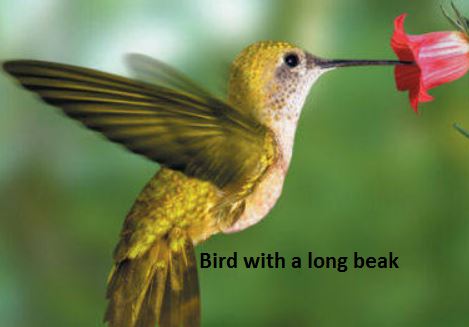
We therefore say that all animals are adapted to their environment in various ways.
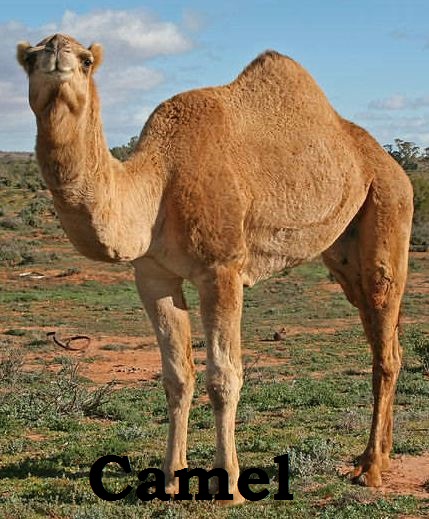
There are very many small animals which are different from each other.
They show different behaviours in the environment including how they move from place to place and how they protect themselves from their enemies.
Small animals move from one place to another for various reasons.
These reasons include:
• Looking for food.
• Looking for reproduction or mating partners.
• Running away from enemies.
• Looking for a better habitat
A chameleon changes its color depending on its surroundings
Look at the video next:
Standard 8
1. A standard VIII class was studying the eating habits of animals in the school compound. They recorded their observations about four animals P, Q, R and S as shown in the diagram below.

Which one of the animals is omnivorous?
A. P B. Q C. R D. S
2. During a nature walk Standard VI pupils saw a plant like the one drawn below:
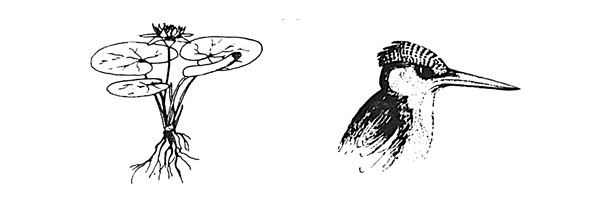
They also saw a bird whose beak was like the one shown above in the same place.
The most likely place where the plant and the bird were seen was in a
A. Flower garden B. Lake C. Forest D. Grassland
3. A group of pupils from Ndege Primary School observed birds near their school. they classified the birds as shown in the chart below.
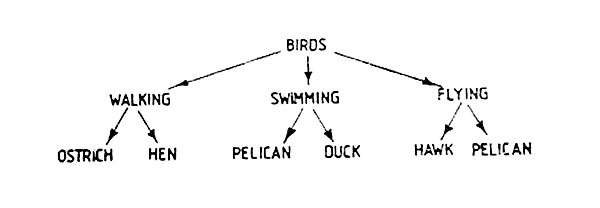
In which part of the chart shown below can the PELICAN be placed?
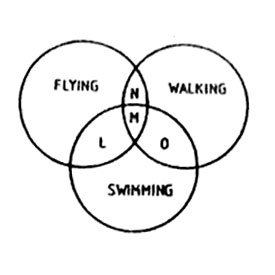
A. L B. M C. N D. O
4. The diagram below shows the upper and lower jaws of a mammal.
From the type and arrangement of teeth, it can be concluded that the mammal is most likely
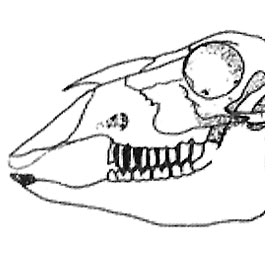
A. A herbivore B. A carnivore C. An insectivore D. An omnivore
5. The diagram below shows the teeth of a snake.
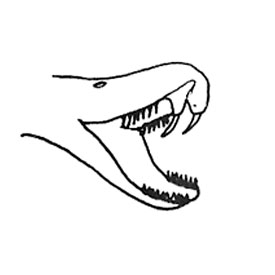
The teeth are adapted for
A. Grasping B. Chewing C. Gnawing D. Tearing
6. Which one of the following beaks of birds is CORRECTLY matched with the food the bird is adapted to eating?
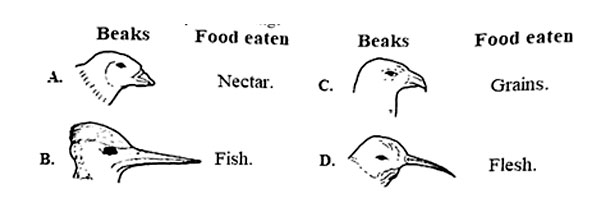
7. Neema observed some animals in a nearby bush. She classified the animals as shown below.
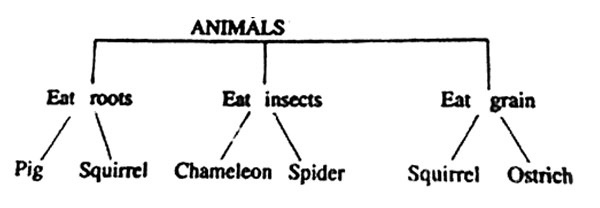
In which part of the chart below should a squirrel be placed?

A. P B. Q C. R D. S
8. Which one of the following is CORRECTLY MATCHED with its adaptation?
|
Animal |
Adaptation |
| A. Hawk |
Long beak |
| B. Frog |
Scales |
| C. Praying mantis |
Colour |
| D. Ant-bear |
Teeth |
9. Which one of the following diagrams represents the beak of a flesh-eating bird?

10. The thick layer of fat under the skin of a whale is for
A. Keeping the skin of the whale oily
B. Making the whale heavier
C. Keeping the body of the whale warm
D. Making the whale float in water
11. Which one of the following pairs of birds have beaks for eating a similar type of food?
A. Weaverbird and chicken
B. Hawk and woodpecker
C. Ostrich and eagle
D. Sunbird and flamingo
12. The streamlined body of a fish is useful to it when it is
A. Moving B. Breathing C. Breeding D. Feeding
13. The diagram below shows the type of arrangement of teeth in a certain mammal.

Which food is the animal adapted to feed on?
A. Meat B. Insects C. Leaves D. Grains
14. The diagram below represents the foot of a certain bird.

The bird most likely feeds on
A. Snakes B. Chicks C. Rats D. Fish